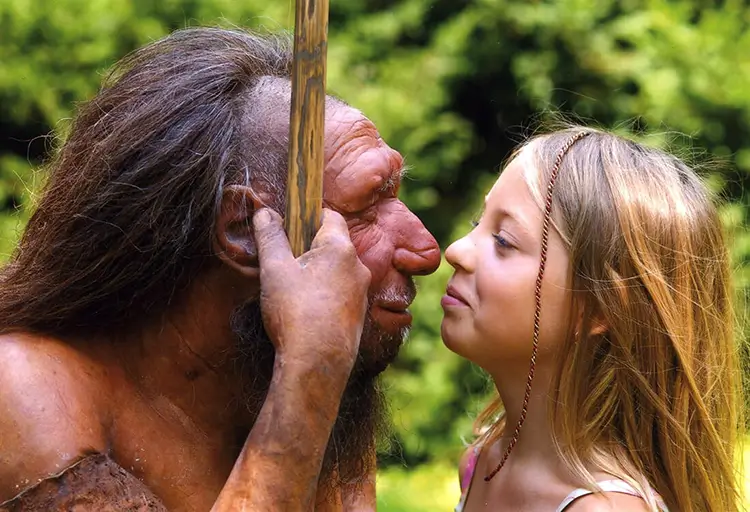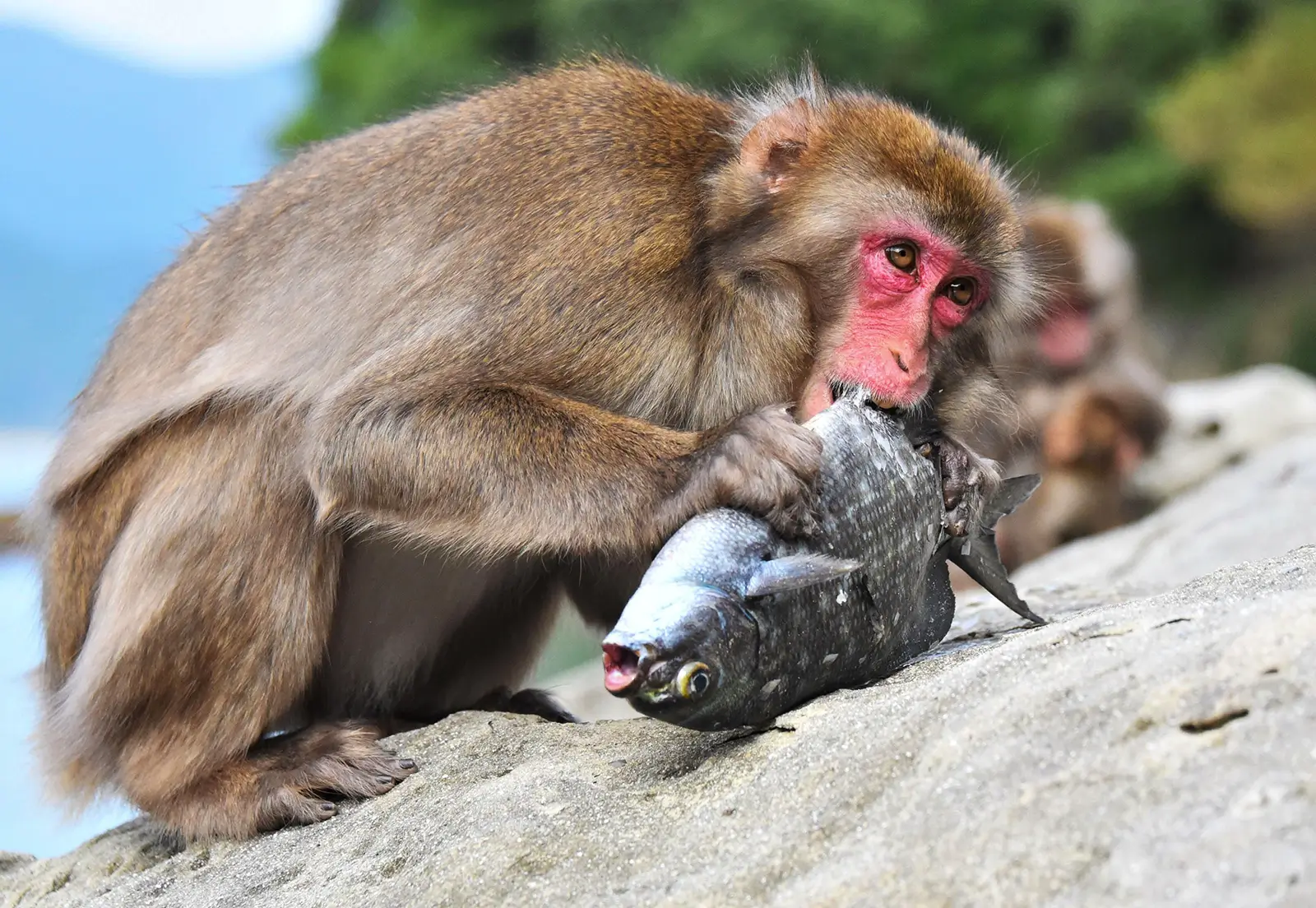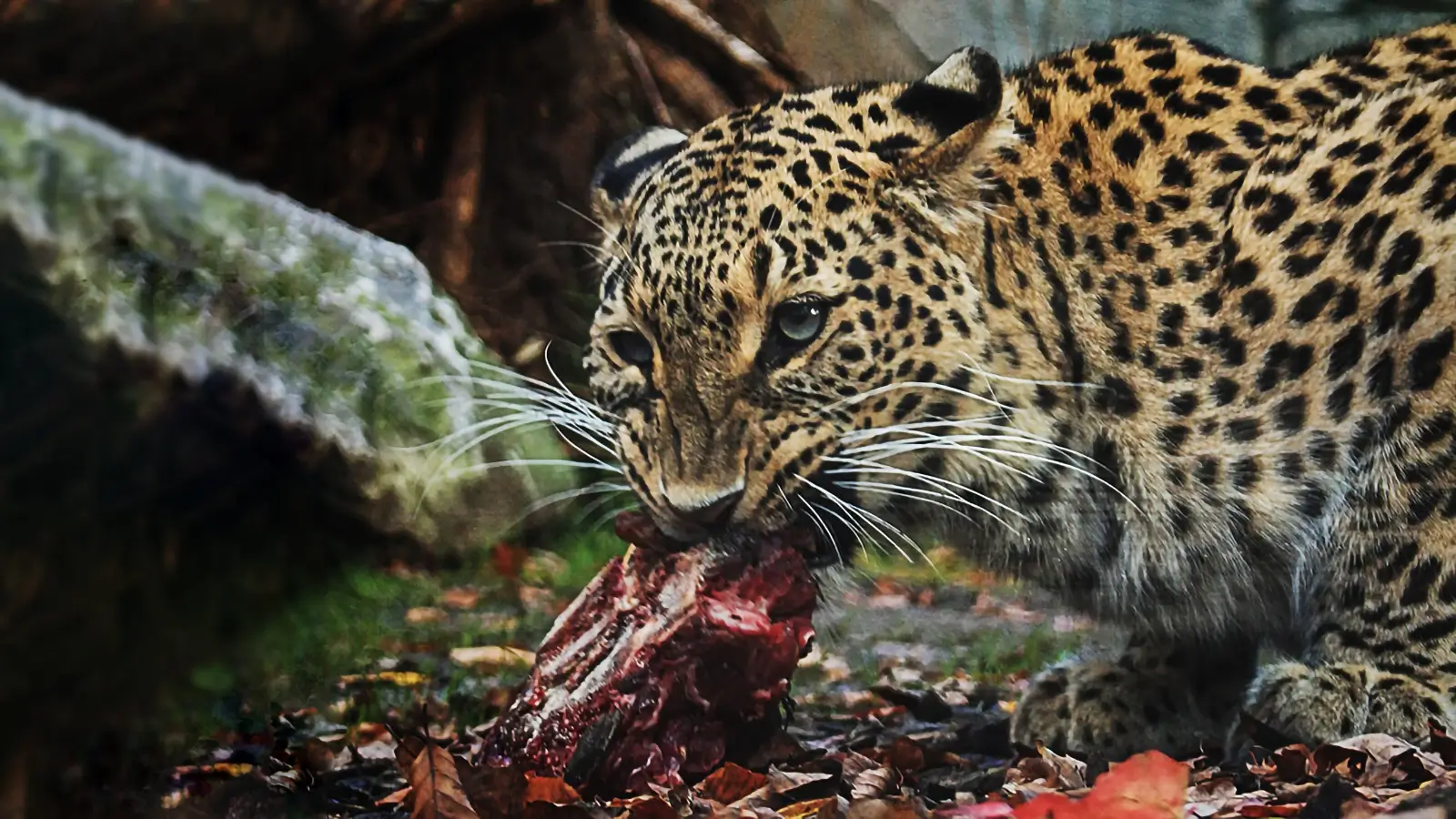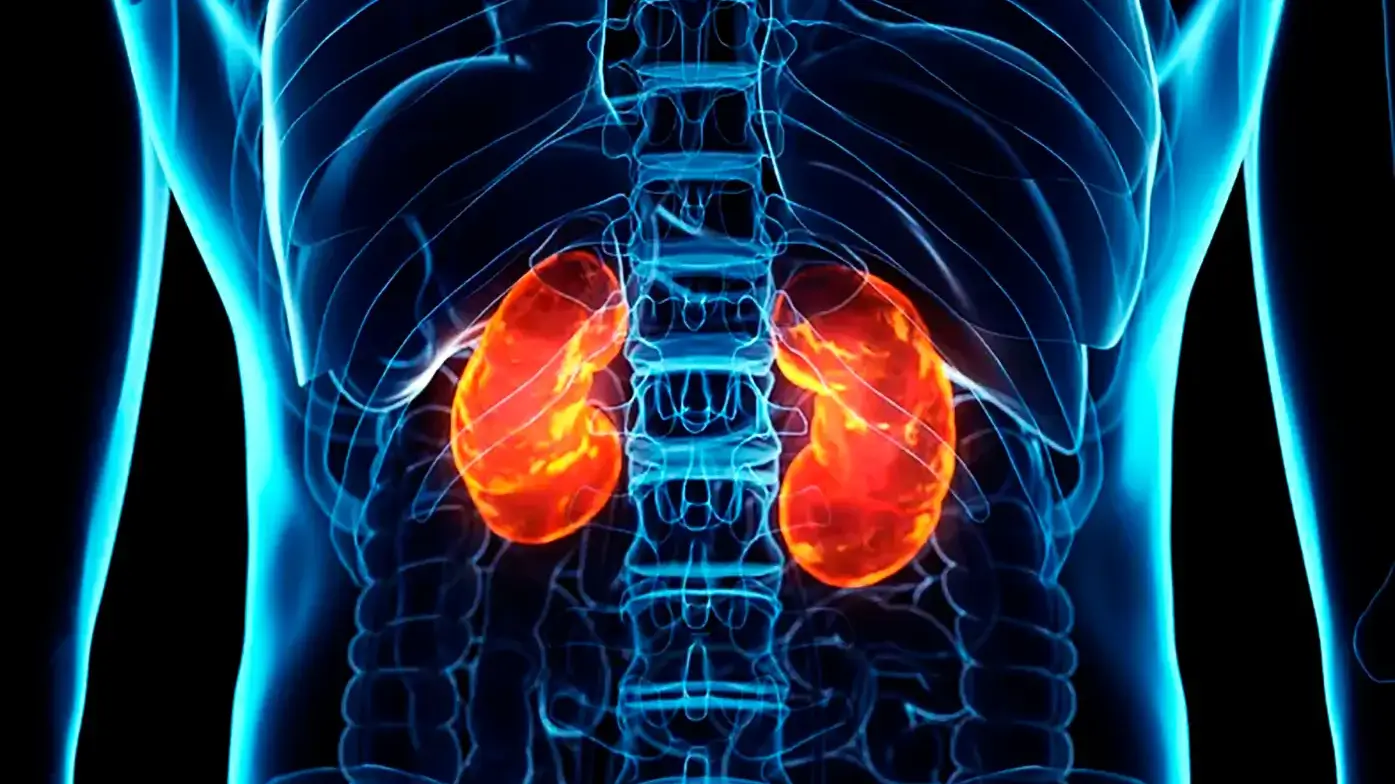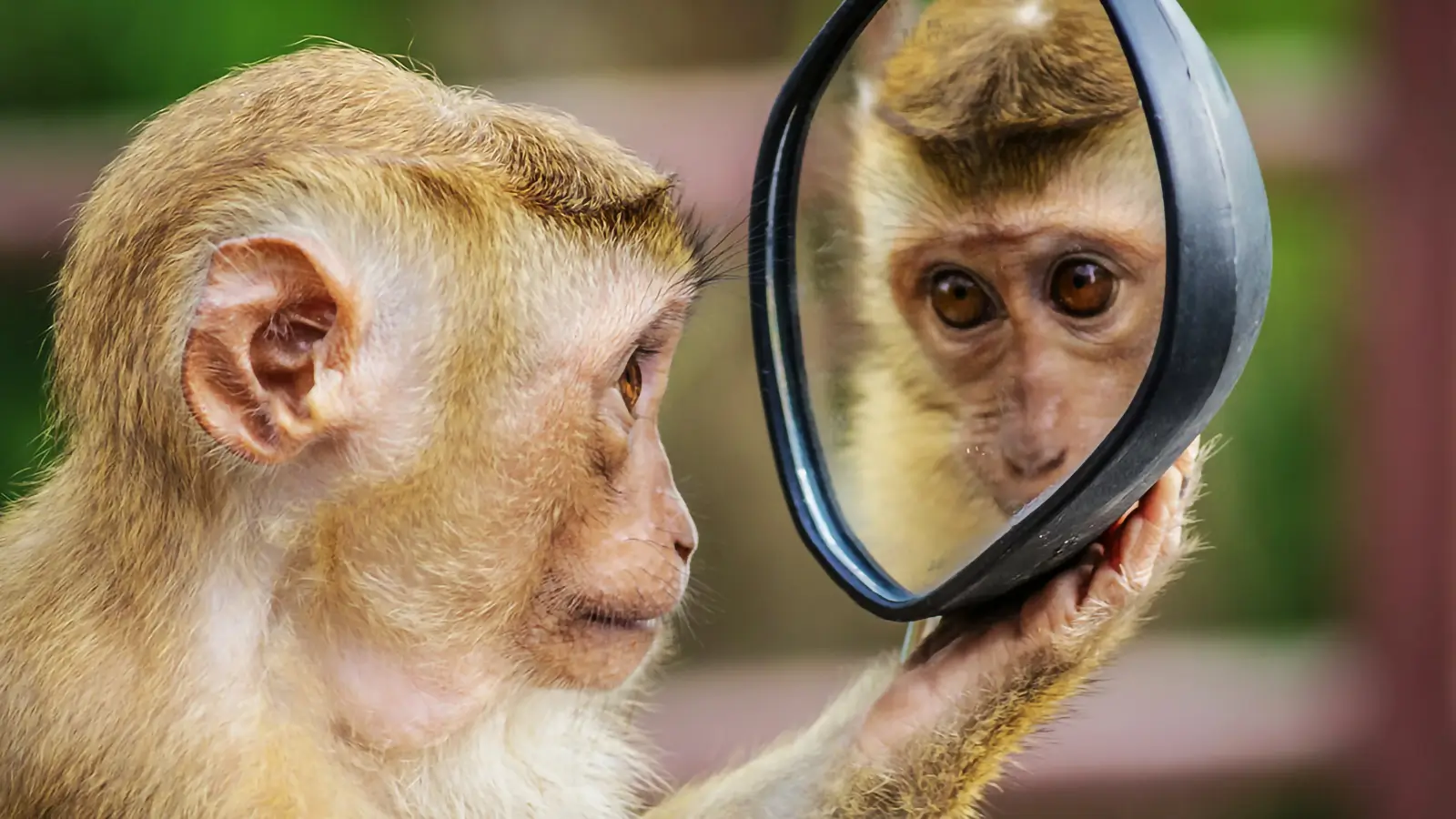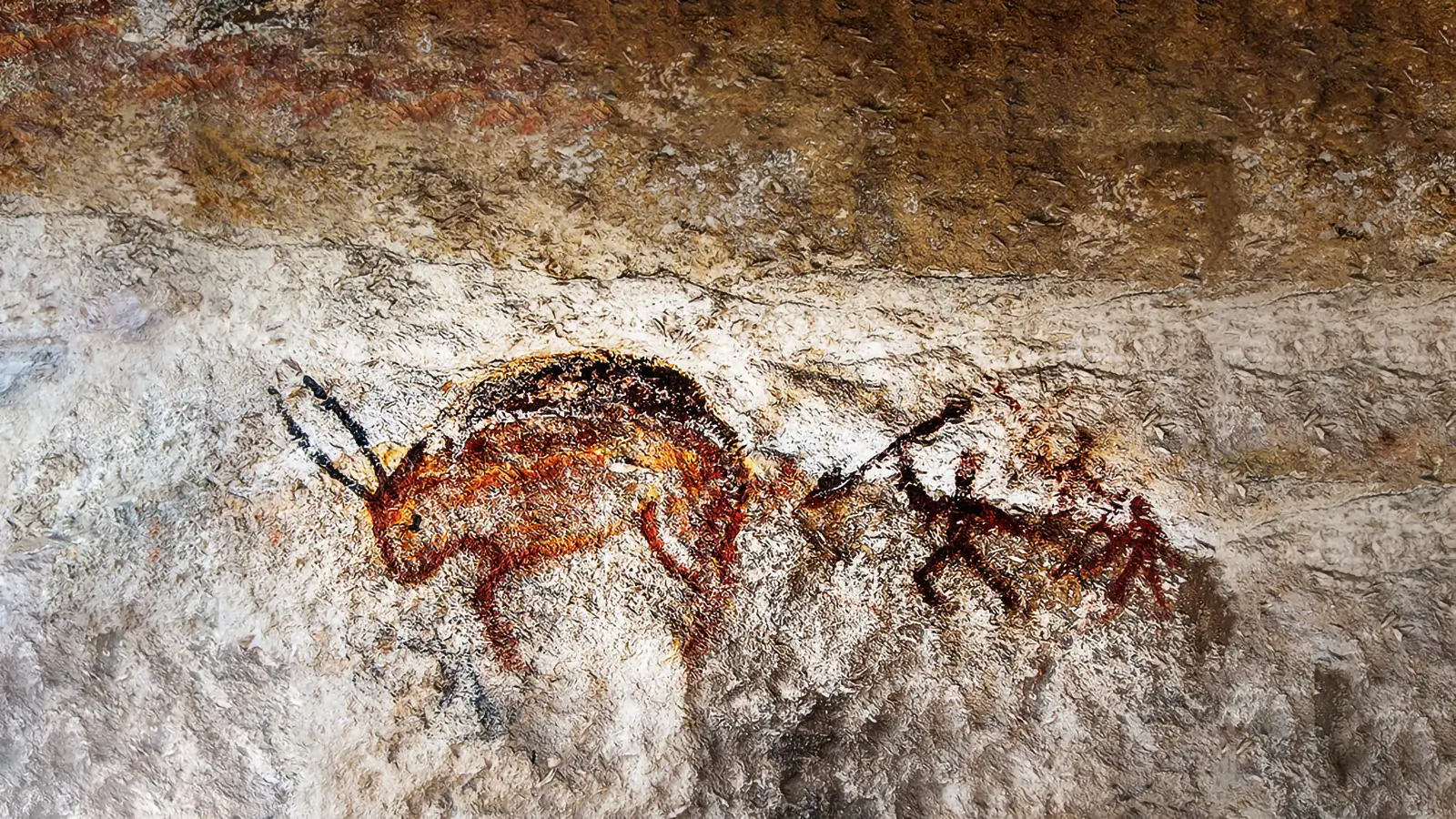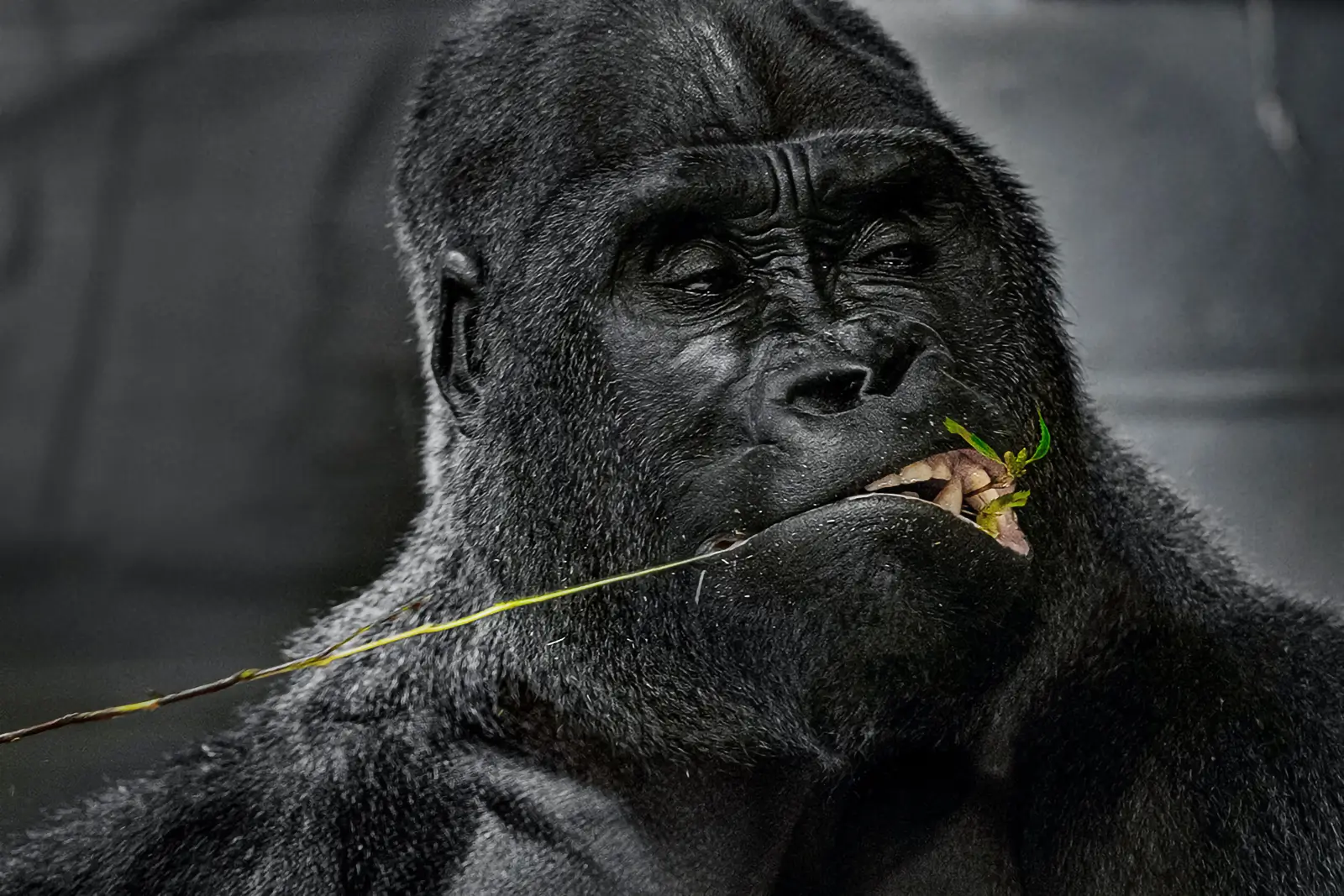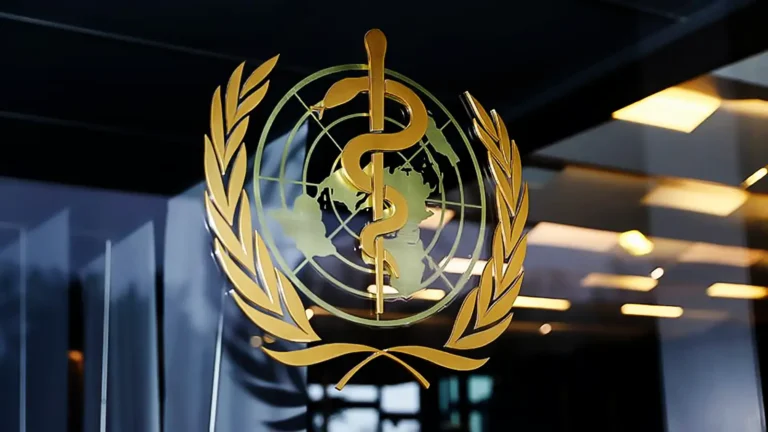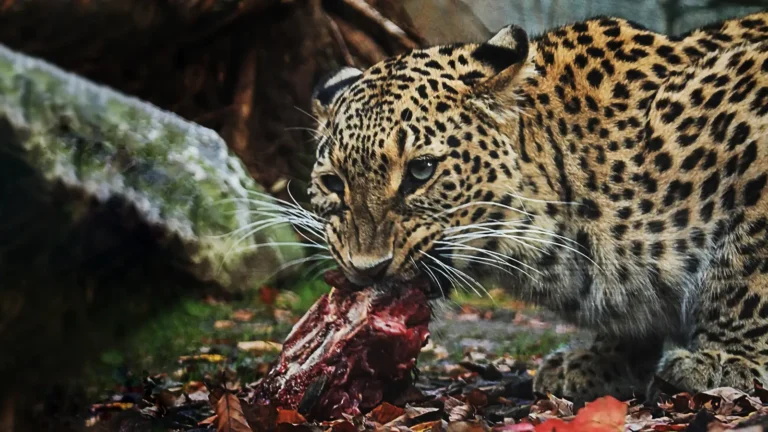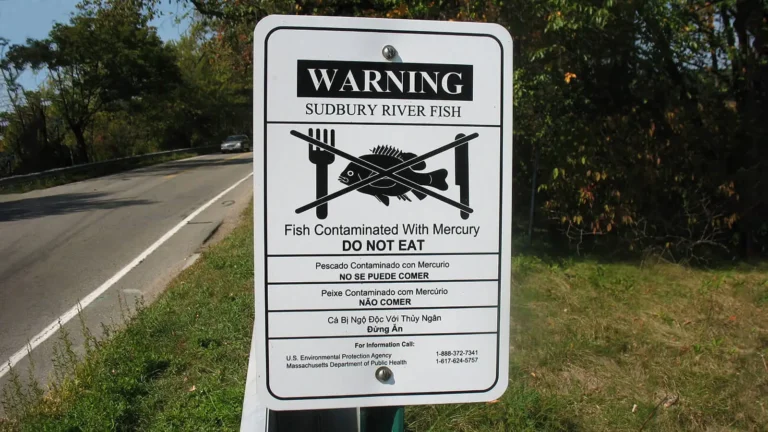Vegano Neandertales? La verdad acerca de la dieta de los Neandertales
Una representación típica de los neandertales los imagina matando al mamut lanudo. Sin embargo, una placa dental cuenta una historia diferente sobre la dieta neandertal.
Milos Pokimica
Escrito por: Milos Pokimica
Revisado Médicamente Por: Dr. Xiùying Wáng, M.D.
Actualizado el 9 de junio de 2023La representación estereotipada de los neandertales los muestra matando al mamut lanudo. Existen pruebas arqueológicas que respaldan la tesis de que la dieta de los neandertales era carnívora incluso al mismo nivel que la de los osos polares, lo que incluía comidas ricas en grandes herbívoros como el mamut lanudo, el reno y el rinoceronte lanudo.
Sin embargo, los dientes neandertales cuentan una historia diferente. La placa dental sirve para analizar los almidones y proteínas que se conservaban en ella. Cuando se investigan, los patrones de desgaste de sus dientes sugieren una dieta variada. La dieta también variaba en función de la ubicación, con importantes diferencias regionales. En algunas zonas, los estudios indican que los neandertales consumían sobre todo plantas, posiblemente incluso medicinales.
El importante descubrimiento se produjo cuando los científicos analizaron los restos de neandertales de El Sidrón (España). Los neandertales de El Sidrón mostraban cero signos de consumo de carne. No una pequeña cantidad, sino un cero absoluto. En lugar de carne, obtenían calorías de alimentos vegetales recogidos en el bosque. La placa dental estaba llena de restos de diferentes tipos de frutos secos, setas y musgo. Neandertales veganos, ¿cómo podría encajar eso en la típica imagen aceptada? ¿Qué hay de las proteínas y la b12?
Dental plaque is a very useful tool because it can preserve genetic material from the food that animals eat for analysis. Laura Weyrich at the University of Adelaide and a team of researchers were able to produce an amazingly accurate look at what plant and animal species Neanderthals had been eating. They analyzed three samples. Two obtained fossils were from El Sidrón Cave in Spain, including the potential aspirin-popper, while one was from Spy Cave in Belgium (Cueva del Sidrón- Wikipedia). El análisis demostró una vez más la completa diversidad de alimentos en función de la ecología del hábitat local, en consonancia con la teoría del forrajeo óptimo (OFT).
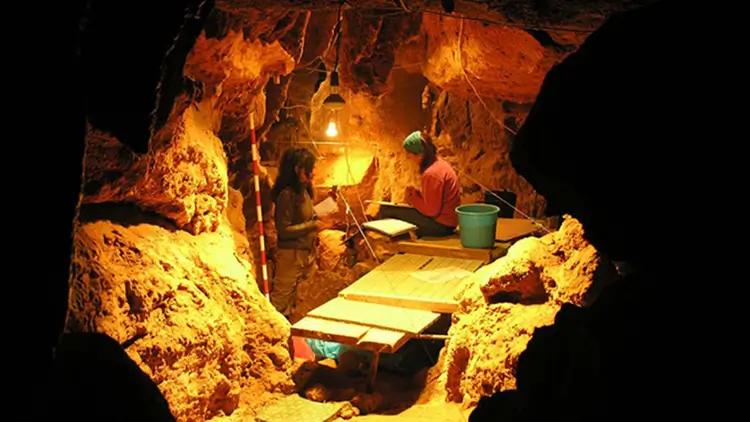
Neanderthal diet didn’t exist in essence. Diet depended on where the Neanderthals in question lived. The Belgians, for example, followed the meat-heavy pattern because they had to. Genetic material from wild sheep, woolly rhinoceros, and some mushrooms was discovered in dental plaque with also some bones in the cave from horses, mammoths, reindeer, and rhinoceros. Bones tell the identical story as the dental plaque that these groups were hunters. In the Belgian habitat, they did not forage for plant foods because there wasn’t any to be found. They had to adapt to survive the cold barren climate by hunting. They probably didn’t like it too much either.
Los neandertales españoles parecían tener una vida más cómoda. Eran neandertales hippies, vegetarianos y relajados. La verdad sobre la dieta real de los neandertales es que comían sobre todo setas, piñones, musgo y otros tipos de alimentos que obtendríamos forrajeando en un bosque. Por lo tanto, los neandertales del norte eran cazadores y los del sur, recolectores.
¿Qué nos dicen estas pruebas? Uno de los neandertales de España parecía tener un absceso dental y una infección estomacal y se automedicaba con álamo (Populus alba), un analgésico natural que contiene ácido salicílico, el mismo principio activo de la aspirina. El individuo también había consumido el moho Penicillium, productor de antibióticos. Es decir, decenas de miles de años antes de que el Dr. Alexander Fleming utilizara una cepa de Penicillium para desarrollar el primer antibiótico, revolucionando la medicina moderna. Si queremos hablar de los fundadores de la medicina, ¿qué tal los antibióticos y las aspirinas de los neandertales?
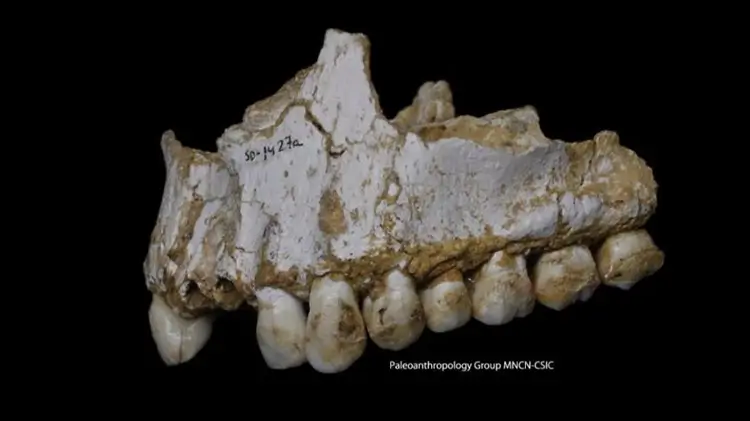
One other thing was interesting. Weyrich’s team also managed to completely sequence one particular microbe called Methanobrevibacter oralis that lacks genes for resisting antiseptics and digesting maltose. In time this microbe has adapted to hygiene and changed human diets. Weyrich’s team calculated that the Neanderthal strain split apart from those found in modern humans between 112,000 and 143,000 years ago which suggests that the two groups were trading Methanobrevibacter likely when they had sex.
¿Por qué los grupos de neandertales que viven en el sur son veganos? Probablemente porque pueden. Había un entorno mucho más amigable y un clima más suave con más fuentes de alimentos. Los neandertales veganos no son un grupo moral de individuos que decidieron ser vegetales como una elección personal de identidad. Es una elección de supervivencia. Si tuviéramos algo que pudiéramos comer creciendo junto a nuestra cueva, ¿iríamos de caza? Sólo aplicando las estrategias óptimas de forrajeo, tenemos la respuesta. Los neandertales eran anatómicamente más veganos que carnívoros, pero en las zonas septentrionales durante la Edad de Hielo, el clima era duro y tuvieron que adaptarse y eso les llevó algún tiempo. Tanto los neandertales como los humanos modernos evolucionaron a partir del Homo erectus. El Homo erectus era una especie herbívora. Las primeras oleadas migratorias conocidas de H. Erectus hacia Eurasia datan de hace 1,81 millones de años. La investigación genética del reloj molecular había situado el tiempo de divergencia de los linajes neandertal y humano moderno entre 800.000 y 400.000 años atrás. Por este motivo, la mayoría de los estudiosos creen que los neandertales descienden, vía Homo heidelbergensis. La población de Homo erectus que permaneció en África habría evolucionado, a través del Homo rhodesiensis intermedio, hacia los humanos anatómicamente modernos hace 300.000 años o antes.
Los neandertales evolucionaron en Europa y los humanos lo hicieron en África y existen algunas pequeñas diferencias fisiológicas. Los Homo sapiens tienen torsos acampanados más pequeños y pelvis más estrechas. Los neandertales tenían torsos acampanados y pelvis más anchas. La explicación convencional ha sido que los neandertales necesitaban más oxígeno debido al clima más frío, por lo que sus cuerpos crecieron para albergar un sistema respiratorio más grande. Pero esto es erróneo. Viviendo en el frío clima de Eurasia hace entre 300.000 y 30.000 años, los neandertales se asentaron en lugares como los Urales polares y el sur de Siberia. En medio de un invierno en la tundra, sin fuentes de alimentos vegetales, la carne animal hecha de grasa y proteínas seguía siendo la única fuente de energía. Aunque la grasa es más fácil de digerir, escasea en condiciones de frío. Los animales de presa quemaban sus reservas de grasa durante el invierno y adelgazaban mucho. Hay que llegar a la conclusión de que los neandertales debían de comer mucha proteína animal.
Las proteínas plantean enormes exigencias on the kidneys and the liver to remove some of the toxic byproducts produced by burning it for energy. Humans have a protein ceiling of between 35 and 50 percent of calories in our diet. Eating much more than that can be dangerous. Neanderthals’ bodies found a way to utilize more protein by enlarging the liver and kidneys. Chests and pelvises widened also to accommodate these beefed-up organs giving them distinct look. If we look today at Inuit peoples, their diet subsists at times on all meat and nothing else and they do have larger livers and kidneys and longer ribs than average Europeans. To survive the fat famine, Neanderthals undoubtedly also specialized in hunting massive animals like mammoths. They retain fat longer in poor conditions and require less energy and speed to kill than smaller swifter prey. Mammoths are too big to escape or evade, and we only have to kill one to feast for months because meat does not spoil in constant subzero temperatures. But as these mega-beasts vanished, Neanderthals likely struggled to chase down smaller, swifter prey. In the southern part like Spain, they went the old vegan way.
What does all of this tell us about us? We didn’t have over the millennia of living in the Ice Age northern climate to adapt to a diet rich in meat to some extent. We evolved in Africa from plan based vegan lineage of 60 million years. Modern humans first left Africa 100,000 years ago in a series of slow-paced migration waves and arrived in southern Europe around 80,000-90,000 years ago.
Por lo tanto, ¿cuál es la verdadera dieta paleo?
Referencias:
Pasajes seleccionados de un libro: Pokimica, Milos. Go Vegan? Examen de Ciencias de la Parte 1. Kindle ed., Amazon, 2018.
Contenidos Relacionados
¿Tienes alguna duda acerca de la nutrición y la salud?
Me encantaría saber de usted y responderlas en mi próxima publicación. Agradezco sus aportes y opiniones y espero tener noticias suyas pronto. También te invito a síguenos en Facebook, Instagram y Pinterest para más contenidos sobre dieta, nutrición y salud. Puedes dejar un comentario allí y conectar con otros entusiastas de la salud, compartir tus consejos y experiencias, y recibir apoyo y ánimo de nuestro equipo y nuestra comunidad.
Espero que este post le haya resultado informativo y ameno y que esté preparado para aplicar los conocimientos adquiridos. Si le ha resultado útil, por favor compártelo con tus amigos y familiares que también podrían beneficiarse de ella. Nunca se sabe quién puede necesitar orientación y apoyo en su camino hacia la salud.
– También Te Puede Interesar –

Aprenda Sobre Nutricion
Milos Pokimica es doctor en medicina natural, nutricionista clínico, escritor sobre salud médica y nutrición y asesor en ciencias de la nutrición. Autor de la serie de libros Go Vegan? Revisión de la Ciencia, también dirige el sitio web sobre salud natural GoVeganWay.com.
Descargo De Responsabilidad Médica
GoVeganWay.com le ofrece reseñas de las últimas investigaciones relacionadas con la nutrición y la salud. La información proporcionada representa la opinión personal del autor y no pretende ni implica sustituir el asesoramiento, diagnóstico o tratamiento médico profesional. La información proporcionada tiene fines informativos únicamente y no pretende sustituir la consulta, el diagnóstico y/o el tratamiento médico de un médico o proveedor de atención médica calificado.NUNCA ignore el CONSEJO MÉDICO PROFESIONAL O RETRASAR la BÚSQUEDA de TRATAMIENTO MÉDICO a CAUSA DE ALGO QUE HAYA LEÍDO EN O accesibles a TRAVÉS de GoVeganWay.com
NUNCA APLICAR CUALQUIER cambio de ESTILO de vida O CAMBIOS EN su totalidad COMO UNA CONSECUENCIA DE ALGO QUE HA LEÍDO EN GoVeganWay.com ANTES de CONSULTAR con LICENCIA PROFESIONAL MÉDICO.
En el caso de una emergencia médica, llame a un médico o al 911 inmediatamente. GoVeganWay.com no se recomienda ni aprueba ninguna de los grupos, las organizaciones, las pruebas, los médicos, productos, procedimientos, opiniones u otra información que pueda ser mencionado en el interior.
Selecciones del editor –
Milos Pokimica es doctor en medicina natural, nutricionista clínico, escritor sobre salud médica y nutrición y asesor en ciencias de la nutrición. Autor de la serie de libros Go Vegan? Revisión de la Ciencia, también dirige el sitio web sobre salud natural GoVeganWay.com.
Últimos artículos -
Planta De Noticias Basado En
-
Vegan Marathoner To Run Length Of UK For His 60th Birthday
on julio 1, 2025
-
These Easy Plant-Based Enchiladas Are Oil-Free
on julio 1, 2025
-
‘This Is Our Most Popular Vegan Salad After 20 Years In Business’
on julio 1, 2025
-
Plant-Based Foods ‘More Viable’ Option Than Insect-Based For Replacing Meat
on julio 1, 2025
-
Texas Has Become The Seventh US State To Ban Cultivated Meat Sales
on junio 30, 2025
-
Vegan Feta And Corn Salad
on junio 30, 2025
-
Sunflower Meal Is A ‘Promising’ New Protein Base For Meat Alternatives, Says Study
on junio 30, 2025
Top Noticias De Salud — ScienceDaily
- Scientists just mapped how the body rejects pig organs—and how to stop iton julio 1, 2025
Scientists have achieved an unprecedented look into how the human immune system attacks a transplanted pig kidney, using spatial molecular imaging to map immune activity down to the cellular level. They discovered early signs of rejection within 10 days and pinpointed key immune players—like macrophages—driving the response. Even more exciting: when targeted therapies were applied, the immune assault weakened. As U.S. clinical trials of pig kidney transplants begin, this breakthrough offers […]
- This virus infects millions—and we just discovered its secret weaponon julio 1, 2025
Scientists have discovered a stealthy mechanism that cytomegalovirus (CMV)—the leading infectious cause of birth defects in the U.S.—uses to infiltrate blood vessel cells while evading immune detection. The virus forms a hidden protein complex that acts like a molecular “backdoor,” allowing it to bypass the immune system’s defenses. This newly identified pathway may explain why vaccine efforts have failed for decades and opens the door to targeted therapies that could finally prevent […]
- Scientists just found a sugar switch that protects your brain from Alzheimer’son junio 30, 2025
Scientists have uncovered a surprising sugar-related mechanism inside brain cells that could transform how we fight Alzheimer’s and other dementias. It turns out neurons don’t just store sugar for fuel—they reroute it to power antioxidant defenses, but only if an enzyme called GlyP is active. When this sugar-clearing system is blocked, toxic tau protein builds up and accelerates brain degeneration.
- This AI tracks lung tumors as you breathe — and it might save liveson junio 30, 2025
An AI system called iSeg is reshaping radiation oncology by automatically outlining lung tumors in 3D as they shift with each breath. Trained on scans from nine hospitals, the tool matched expert clinicians, flagged cancer zones some missed, and could speed up treatment planning while reducing deadly oversights.
- Ancient DNA reveals leprosy hit the Americas long before colonizationon junio 30, 2025
Leprosy’s tale stretches from 5,000-year-old skeletons in Eurasia to a startling 4,000-year-old case in Chile, revealing that the rare strain Mycobacterium lepromatosis haunted the Americas millennia before Europeans arrived. Armed with cutting-edge ancient-DNA sleuthing, scientists have pieced together remarkably well-preserved genomes that challenge the idea of leprosy as purely a colonial import and hint that the disease may have homegrown American roots awaiting confirmation by future […]
- Scientists discover ‘off switch’ enzyme that could stop heart disease and diabeteson junio 30, 2025
Researchers at UT Arlington have discovered a key enzyme, IDO1, that when blocked, helps immune cells regain their ability to properly process cholesterol—something that breaks down during inflammation. This breakthrough could offer a powerful new way to fight heart disease, diabetes, cancer, and more. By “turning off” this enzyme, the team restored cholesterol absorption in macrophages, potentially stopping disease at the source. Even more promising, they found a second enzyme, NOS, that […]
- Fire smoke exposure leaves toxic metals and lasting immune changeson junio 30, 2025
Smoke from wildfires and structural fires doesn t just irritate lungs it actually changes your immune system. Harvard scientists found that even healthy people exposed to smoke showed signs of immune system activation, genetic changes tied to allergies, and even toxic metals inside their immune cells.
PubMed, #Dieta vegana –
- Blood biomarkers of Alzheimer’s disease in Australians habitually consuming various plant-based dietson junio 30, 2025
BackgroundEvidence suggests that plant-based diets (PBDs) may be protective against neurodegenerative diseases such as Alzheimer’s disease (AD).ObjectiveThis study examined associations between blood-based AD biomarkers in individuals 30-75 years without current or diagnosed cardiovascular disease following different PBDs versus regular meat-eating diets (RMEs).MethodsThis secondary analysis of the Plant-based Diets study measured Aβ(1-42)/Aβ(1-40), p-tau181, NFL, and GFAP in 237 plasma […]
- Zinc supplementation among zinc-deficient vegetarians and vegans restores antiviral interferon-α response by upregulating interferon regulatory factor 3on junio 28, 2025
CONCLUSION: We identified zinc-dependent IRF3 expression as an essential cellular mechanism behind impaired IFNα response in zinc-deficient subjects. This may contribute to disturbed antiviral immunity and cause increased susceptibility to virus infections in vivo. Oral zinc supplementation effectively restored IRF3 and IFNα levels. Hence, nutritional interventions may become increasingly important in order to prevent health implications from micronutrient deficiencies among vegetarians and…
- Dietary Patterns and Sustainable Lifestyles: A Multicenter Study from Latin America and Spainon junio 26, 2025
Food systems interact through multiple dimensions including food security, nutrition, and planetary health. This study aims to associate different dietary patterns with sustainable lifestyles in Latin America and Spain. This was an observational, analytical, multicenter, cross-sectional survey study, with a total of 6412 participants. A self-administered questionnaire was developed in an online format in the Google Docs interface. The questionnaire was divided into sections: (1) […]
- Micronutrient intake and nutritional status in 16-to-24-year-olds adhering to vegan, lacto-ovo-vegetarian, pescatarian or omnivorous diets in Swedenon junio 26, 2025
CONCLUSION: Youth, regardless of dietary practice, need support to ensure adequate micronutrient intakes, particularly for vitamin D and selenium. Further research is required to evaluate iodine nutrition in Swedish youth.
- Integrating comparative genomics and risk classification by assessing virulence, antimicrobial resistance, and plasmid spread in microbial communities with gSpreadCompon junio 26, 2025
CONCLUSIONS: The gSpreadComp workflow aims to facilitate hypothesis generation for targeted experimental validations by the identification of concerning resistant hotspots in complex microbial datasets. Our study raises attention to a more thorough study of the critical role of diet in microbial community dynamics and the spread of AMR. This research underscores the importance of integrating genomic data into public health strategies to combat AMR. The gSpreadComp workflow is available at…
Publicaciones aleatorias –
Publicaciones destacadas -

La última versión desde PubMed, #Dieta basada en plantas –
- Blood biomarkers of Alzheimer’s disease in Australians habitually consuming various plant-based dietspor Shaun Eslick on junio 30, 2025
BackgroundEvidence suggests that plant-based diets (PBDs) may be protective against neurodegenerative diseases such as Alzheimer’s disease (AD).ObjectiveThis study examined associations between blood-based AD biomarkers in individuals 30-75 years without current or diagnosed cardiovascular disease following different PBDs versus regular meat-eating diets (RMEs).MethodsThis secondary analysis of the Plant-based Diets study measured Aβ(1-42)/Aβ(1-40), p-tau181, NFL, and GFAP in 237 plasma […]
- Association of plant-based diets with subclinical cardiovascular disease in U.S. adults, 1999-2004por Audrey Ting on junio 30, 2025
CONCLUSION: Higher adherence to a healthy plant-based diet was inversely associated with elevated cTnI and higher adherence to an unhealthy plant-based diet was positively associated with elevated cTnI in a nationally representative sample of U.S. adults. Supporting access to and adoption of healthy plant-based diets may be a useful strategy for promoting population-level cardiovascular health.
- Metaproteomics-based stable isotope fingerprinting links intestinal bacteria to their carbon source and captures diet-induced substrate switchingpor Angie Mordant on junio 29, 2025
Diet has strong impacts on the composition and function of the gut microbiota with implications for host health. Therefore, it is critical to identify the dietary components that support growth of specific microorganisms in vivo. We used protein-based stable isotope fingerprinting (Protein-SIF) to link microbial species in gut microbiota to their carbon sources by measuring each microorganism’s natural 13C content (δ13C) and matching it to the 13C content of available substrates. We fed…
- Prevalence and socio-economic disparities in vegetarianism and flexitarianism over 15 years: the Dutch Lifelines Cohortpor Yinjie Zhu on junio 29, 2025
Transitioning to more plant-based diets is crucial for both planetary and human health, and ensuring an equitable transition across all socio-economic groups is also important. However, empirical evidence on the prevalence and socio-economic disparities in vegetarianism and flexitarianism over time in the same population is scarce. This study investigated this in a general Dutch adult population over 15 years. From three general assessments of the Dutch Lifelines study, 143 359 participants […]
- A Plant-Based Diet for Cardiovascular Risk Reduction in Kidney Disease with a Focus on Cardiovascular-Kidney-Metabolic Syndromepor Rachel Shi on junio 29, 2025
Cardiovascular-kidney-metabolic (CKM) syndrome is a complex disorder involving an interplay of metabolic risk factors such as obesity, type 2 diabetes mellitus, hyperlipidemia, hypertension, and chronic kidney disease. Because these risk factors augment the risk for cardiovascular complications, healthy nutrition in CKM syndrome is crucial. In particular, a healthy plant-based diet is effective in improving metabolic dysfunction through weight loss, enhancing glucose and blood pressure […]
- Zinc supplementation among zinc-deficient vegetarians and vegans restores antiviral interferon-α response by upregulating interferon regulatory factor 3por Fynn Vallboehmer on junio 28, 2025
CONCLUSION: We identified zinc-dependent IRF3 expression as an essential cellular mechanism behind impaired IFNα response in zinc-deficient subjects. This may contribute to disturbed antiviral immunity and cause increased susceptibility to virus infections in vivo. Oral zinc supplementation effectively restored IRF3 and IFNα levels. Hence, nutritional interventions may become increasingly important in order to prevent health implications from micronutrient deficiencies among vegetarians and…

